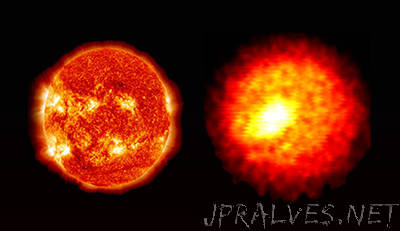
“Most of the nuclear reactions that drive the nucleosynthesis of the elements in our universe occur in very extreme stellar plasma conditions. This intense environment found in the deep interiors of stars has made it nearly impossible for scientists to perform nuclear measurements in these conditions — until now. In a unique cross-disciplinary collaboration between the fields of plasma physics, nuclear astrophysics and laser fusion, a team of researchers, including scientists from Lawrence Livermore National Laboratory (LLNL), Ohio University, the Massachusetts Institute of Technology (MIT) and Los Alamos National Laboratory (LANL), describe experiments performed in conditions like those of stellar interiors. The team’s findings were published today by Nature Physics. The experiments are the first thermonuclear measurements of nuclear reaction cross-sections — a quantity that describes the probability that reactants will undergo a fusion reaction — in high-energy-density plasma conditions that are equivalent to the burning cores of giant stars, i.e., 10-40 times more massive than the sun. These extreme plasma conditions boast hydrogen-isotope densities compressed by a factor of a thousand to near that of solid lead and temperatures heated to approximately 50 million Kelvin. These are the conditions in stars that lead to supernovae, the most massive explosions in the universe.”
